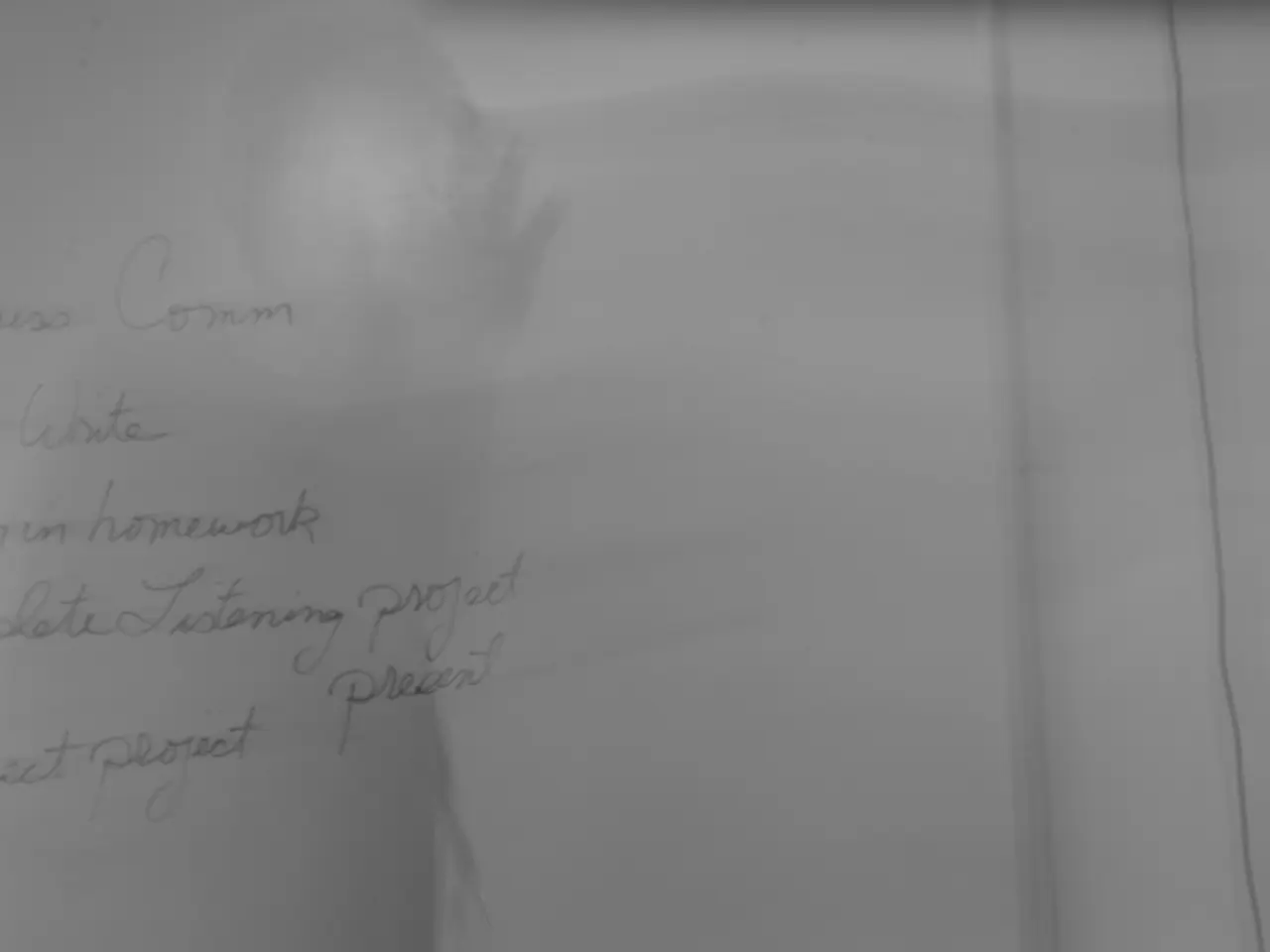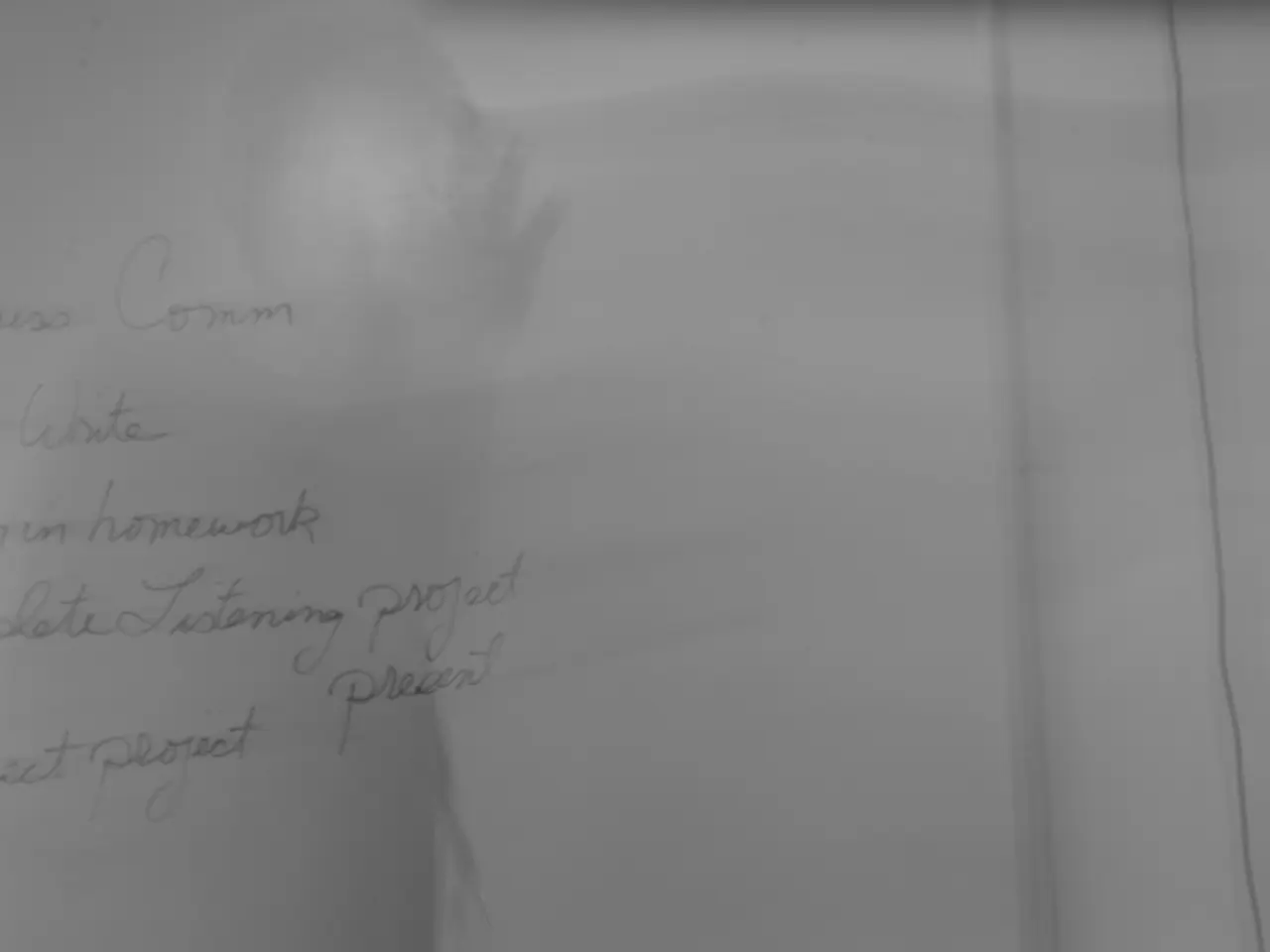Fed's Steady Hand: A Closer Look at "Overly Hawkish" Approach
Financial Insecurity's Resurgence: There's a Familiar Odor from 2007
The Federal Reserve refrained from slashing rates yet again, and while taking a wait-and-see approach might seem wise, it could potentially be perceived as overly hawkish.
There are subtle indications that the economy might be losing steam, such as:
- Economic activity might be slowing down or becoming uncertain
- Some labor market indicators have stumbled
The Fed kept the federal funds rate steady at 4.25% to 4.5% for the fourth consecutive meeting as of June 18, 2025, unwilling to yield to these potential signs of economic uncertainty[1][2]. The Fed's statement articulated ongoing solid labor market conditions and persistent, somewhat elevated inflation – factors that likely influenced their decision to maintain rates rather than reduce them[2].
A "hawkish" approach by the Federal Reserve refers to focusing on combating inflation, often through higher interest rates or a reluctance to lower rates, even in instances when economic growth slows or labor markets weaken[3]. If the Fed is perceived as adopting an excessively hawkish stance by prioritizing inflation control over immediate economic stimulus, even amid potential risks to growth, market players may consider their stance as "overly hawkish" – an overemphasis on restraint[4].
At its core, labeling the Fed as "overly hawkish" denotes that the Fed is perceived as being excessively cautious or aggressive in keeping interest rates high, risking further slowing of an already potentially faltering economy, all in the name of inflation control and maintaining maximum employment[1][2][4]. This stance may lead to friction between the Fed’s dual mandate and the current economic realities, casting the Fed's actions as inflexible or overly committed to tightening rather than easing amid uncertainty and some signs of economic softening.
- In the current economic climate, the Federal Reserve's decision to maintain steady interest rates, despite potential signs of economic uncertainty, could be interpreted as a financially conservative approach within the business sector.
- The Fed's steadfast focus on combating inflation through their choice to keep interest rates high, even in the face of slowing economic activity, might lead observers to deem their stance as overly hawkish in terms of business and finance.




